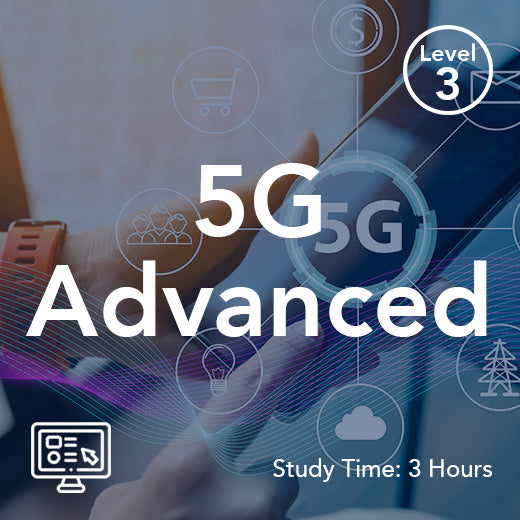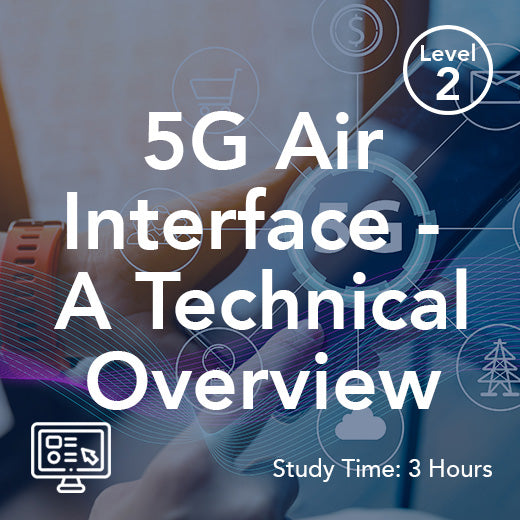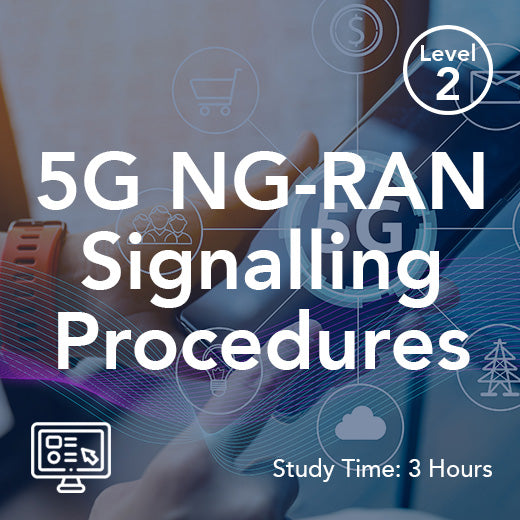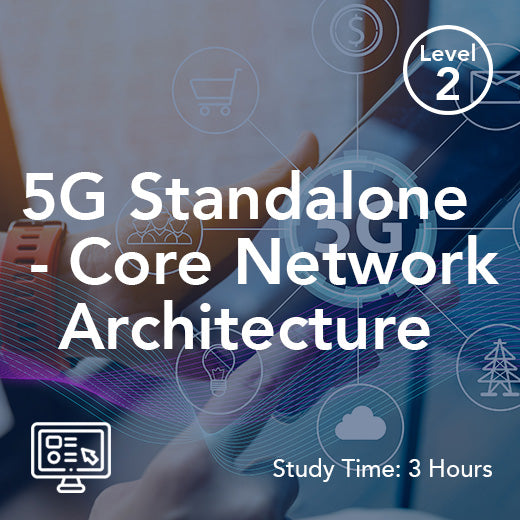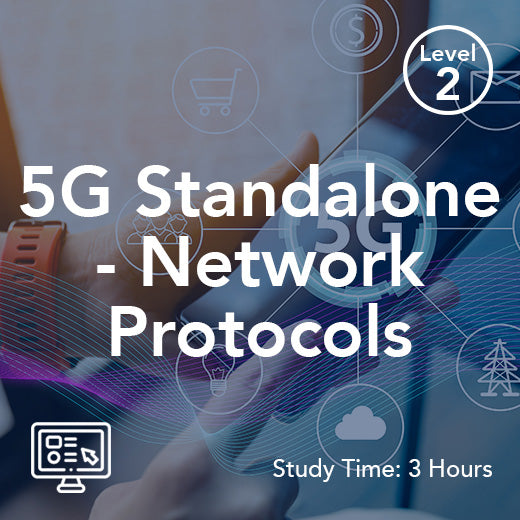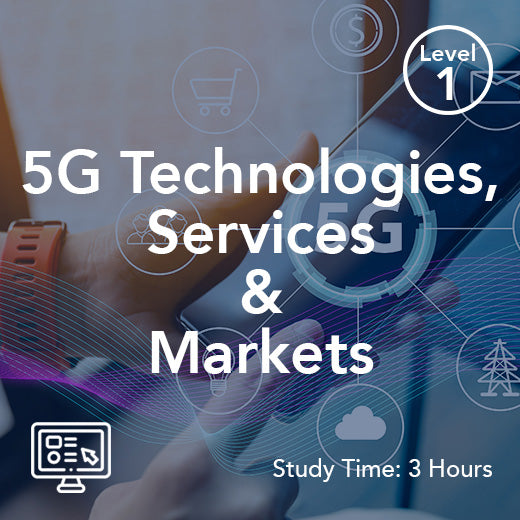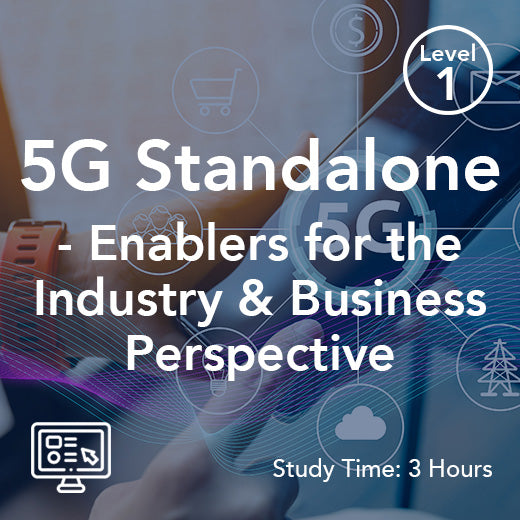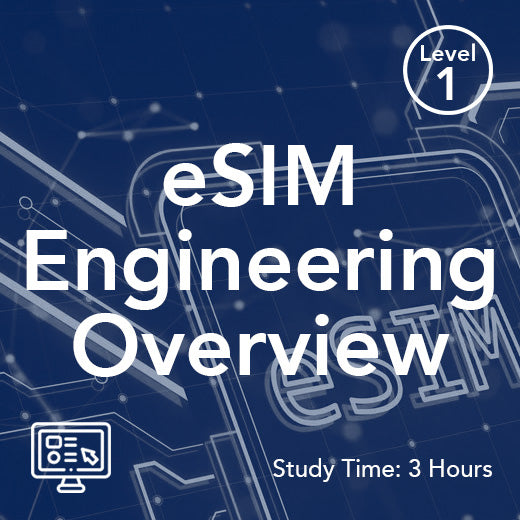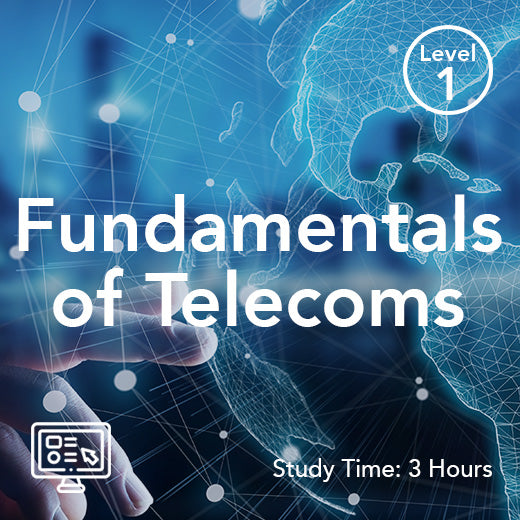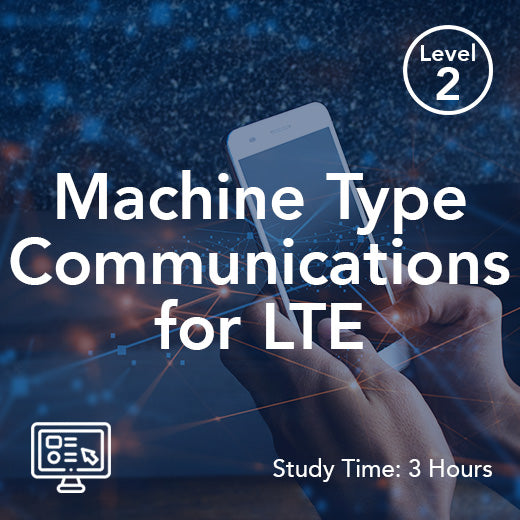What is IMS in LTE
- , by Paul Waite
- 5 min reading time
IMS, or IP Multimedia Subsystem, is a framework that enables the delivery of multimedia services over IP networks, such as LTE (Long-Term Evolution) networks. It is a key component of LTE networks, providing a way to deliver a wide range of multimedia services, such as voice over LTE (VoLTE), video calling, and messaging. The Evolved Packet Core (EPC) plays a significant role in this architecture, ensuring efficient delivery of these services.
IMS in LTE is designed to provide a seamless and integrated experience for users, allowing them to access multimedia services across different devices and networks. It allows for the convergence of voice, video, and data services over a single network, making it easier for users to communicate and access content. Key components like the Home Subscriber Server (HSS) and Application Servers (AS) reside within the home network, facilitating critical functions such as SIP requests and user subscription identifications.
One of the key benefits of IMS in LTE is its ability to support high-quality voice and video calls over LTE networks. With IMS, operators can offer VoLTE services, which provide superior voice quality compared to traditional circuit-switched voice calls. This is achieved by using the internet protocol network to carry voice calls, rather than relying on dedicated voice channels.
IMS in LTE also enables operators to offer a range of multimedia services, such as video calling and messaging. These services can be delivered over the IP network, allowing for a richer and more interactive communication experience for users. IMS also supports the integration of third-party services, such as video streaming and conferencing, making it easier for operators to offer a wide range of multimedia services to their customers. User Equipment (UE), such as smartphones and tablets, plays a crucial role in accessing these IP multimedia services.
Another key benefit of IMS in LTE is its support for seamless handovers between different networks. IMS allows for the seamless transfer of multimedia sessions between LTE, 3G, and Wi-Fi networks, ensuring that users can stay connected and continue their communication sessions as they move between different network environments. The LTE network facilitates these advanced services and ensures high-quality multimedia communications.
Overall, IMS in LTE is a critical component of modern mobile networks, enabling operators to deliver a wide range of multimedia services to their customers. By supporting high-quality voice and video calls, as well as a range of multimedia services, IMS in LTE helps to enhance the user experience and enable new revenue opportunities for operators.
Introduction to IP Multimedia Subsystem
The IP Multimedia Subsystem (IMS) is a standardized architectural framework designed to deliver IP multimedia services, enabling the seamless convergence of voice, video, and data services over IP networks. IMS provides a unified platform for accessing a variety of applications, making it easier for users to retain their subscribed services even when switching operators. At the heart of IMS is the Session Initiation Protocol (SIP), which is used for session control signaling, allowing for the establishment, management, and termination of multimedia sessions. As a key component of Rich Communication Services (RCS), IMS facilitates high-quality voice services, video calling, and messaging services over IP networks, ensuring a rich and integrated communication experience for users.
IMS Architecture
The IMS architecture is meticulously designed to offer a scalable, flexible, and extensible framework for delivering multimedia services. It comprises several critical components, including the Call Session Control Function (CSCF), Home Subscriber Server (HSS), and Application Servers (AS). The CSCF is pivotal in managing multimedia sessions, while the HSS stores subscription-related information and handles authentication and authorization. Application Servers provide a range of services, such as voice and video calling, messaging, and conference calling. Additionally, the Packet Data Network Gateway (PDN-GW) ensures connectivity to external IP networks. The IMS network employs standardized interfaces like the Session Description Protocol (SDP) to promote interoperability across different access networks, ensuring seamless service delivery.
Core Network Components
The core network components of IMS include the Serving-CSCF (S-CSCF), Proxy-CSCF (P-CSCF), and Interrogating-CSCF (I-CSCF). The S-CSCF is responsible for managing multimedia sessions and delivering services to users. The P-CSCF acts as the entry point for users to access the IMS network, while the I-CSCF is used for routing SIP requests to the appropriate S-CSCF. The IMS core network also features the Media Resource Function (MRF), which provides essential media-related functions such as conferencing and transcoding. The Breakout Gateway Control Function (BGCF) is tasked with routing SIP requests to the CS network. For transporting media streams, the IMS core network utilizes the Real-Time Transport Protocol (RTP), ensuring efficient and reliable media delivery.
IP Multimedia Services
IMS offers a comprehensive suite of IP multimedia services, including voice over LTE (VoLTE), video calling, messaging, and conference calling. These services are delivered over IP networks, leveraging the Session Initiation Protocol (SIP) for session control signaling. The IMS network also supports location-based services, such as emergency calling and location-based messaging. To ensure high-quality voice service, IMS employs adaptive multi-rate (AMR) codecs for voice compression. Additionally, the IMS network supports multimedia messages, including video and image sharing. User identification and service provision are facilitated through the IP Multimedia Private Identity (IMPI) and IP Multimedia Public Identity (IMPU).
Security Aspects
Security is a critical aspect of IMS, ensuring the confidentiality, integrity, and availability of multimedia services. The IMS network employs various security mechanisms, such as encryption and authentication, to protect user data and prevent unauthorized access. Standardized interfaces like the IPsec protocol are used to secure SIP messages and media streams. The Home Subscriber Server (HSS) plays a crucial role in providing subscription-related information and performing authentication and authorization, while the Charging Rules Function (CRF) handles billing and charging. The IMS network also supports secure SIP registration and SIP requests, using the SIP URI to identify users and provide services. The Generation Partnership Project (3GPP) has established various security standards for IMS, including the use of TLS and IPsec protocols to secure SIP messages and media streams, ensuring robust and reliable service delivery.

